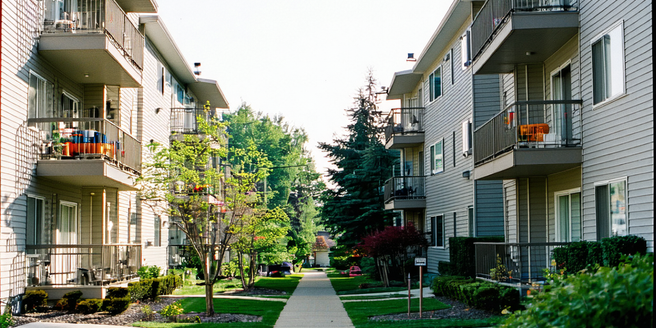Rent Reduction Through Maintenance

Understanding the Link Between Maintenance and Rent Costs
Effective maintenance directly impacts rent costs as it helps in preventing major repairs and system breakdowns. A well-maintained property attracts tenants willing to pay competitive rents, reducing vacancies and financial losses. Moreover, tenants are more likely to renew leases when they feel satisfied with the condition of their living environment. Conversely, neglecting routine maintenance can lead to costly repairs that drive up operating expenses, compelling landlords to increase rent to cover costs. Regular upkeep extends the lifespan of property elements, thus mitigating expensive overhauls. Ensuring that heating, ventilation, plumbing, and other systems work efficiently not only reduces utility bills but also enhances tenant satisfaction, contributing to longer lease agreements. This comprehensive approach supports a stable rental income by balancing maintenance costs with rent pricing, ultimately benefiting both tenants and landlords.
Identifying Essential Maintenance Tasks for Cost Efficiency
Focusing on essential maintenance tasks can significantly boost cost efficiency. Prioritize systems and structures that are fundamental to tenant safety and comfort, such as HVAC units, plumbing, electrical systems, and structural integrity. Regular inspections can identify issues before they escalate, saving on future repair costs. Ensure the roof, windows, and doors are in optimal condition to prevent energy loss and reduce utility expenses. Addressing minor repairs immediately prevents them from becoming major problems that require extensive funding. Allocate resources wisely by setting maintenance schedules that reflect seasonal changes, ensuring equipment operates efficiently year-round. By investing in these targeted maintenance tasks, property managers can minimize costs while maximizing property value and tenant satisfaction, fostering a financially sustainable environment.
Implementing a Proactive Maintenance Strategy
Implementing a proactive maintenance strategy involves planning and carrying out maintenance activities before issues arise. This anticipatory approach ensures that systems and components of a property are functioning optimally, reducing the likelihood of costly emergencies. Develop a detailed maintenance plan that outlines schedules, responsibilities, and specific tasks to be undertaken throughout the year. Use technology to track the condition of assets, schedule inspections, and facilitate timely interventions. Training staff and investing in high-quality, durable materials are also crucial aspects of proactive maintenance. By forecasting future maintenance needs and acting on them promptly, one can enhance the reliability of systems and contribute to cost-effective property management. This strategy not only supports tenant satisfaction but also preserves the property’s long-term value.
Tenant Communication: The Key to Maintenance Success
Effective tenant communication is pivotal in achieving maintenance success. Open lines of communication ensure that tenants report issues promptly, allowing for swift interventions. Establishing clear channels through which tenants can submit maintenance requests, whether via an online portal or a dedicated hotline, fosters trust and transparency. Regularly updating tenants on the status of their requests and expected timelines of resolution enhances their satisfaction and cooperation. Additionally, educating tenants about basic maintenance tasks, such as cleaning HVAC filters and proper waste disposal, empowers them to contribute to the property’s upkeep. By involving tenants in the maintenance process, landlords can improve the property’s overall condition while building strong tenant-landlord relationships, which are fundamental to long-term retention and reduced vacancy rates.
Examples of Cost Savings Through Effective Maintenance
Numerous examples demonstrate how effective maintenance leads to cost savings. Regular inspections and timely repairs prevent minor leaks from escalating into major water damage, sparing thousands in repair costs. By maintaining HVAC systems, property managers can reduce energy consumption and extend equipment life, presenting savings in both utility bills and capital expenditures. Another example is proactive pest control, which deters infestations that would be vastly more expensive to rectify if allowed to spread. Investing in quality building materials during smaller repairs can reduce the frequency and severity of future issues. Routine landscaping ensures that tree roots do not encroach on foundations or plumbing systems, preventing costly structural damages. These proactive measures illustrate how strategic maintenance efforts can cumulatively generate considerable financial savings over time.